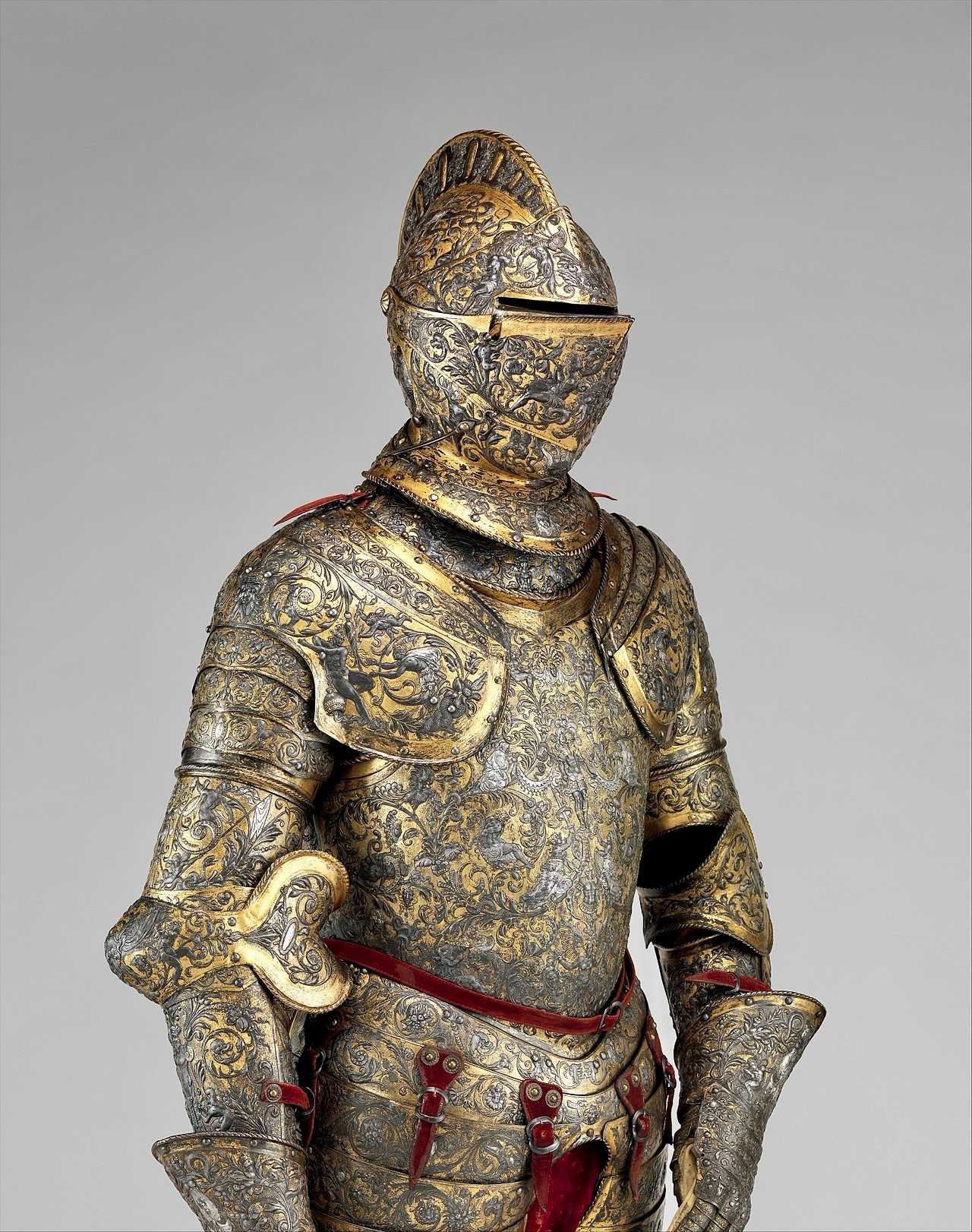Summary The Parade Armour of Henry II of France is a stunning piece of historical craftsmanship. Made in the 16th century, this ornate suit of armour was worn by Henry II, the King of France, during parades and other ceremonial events. Not only does it reflect the martial prowess of the monarch, but it also…
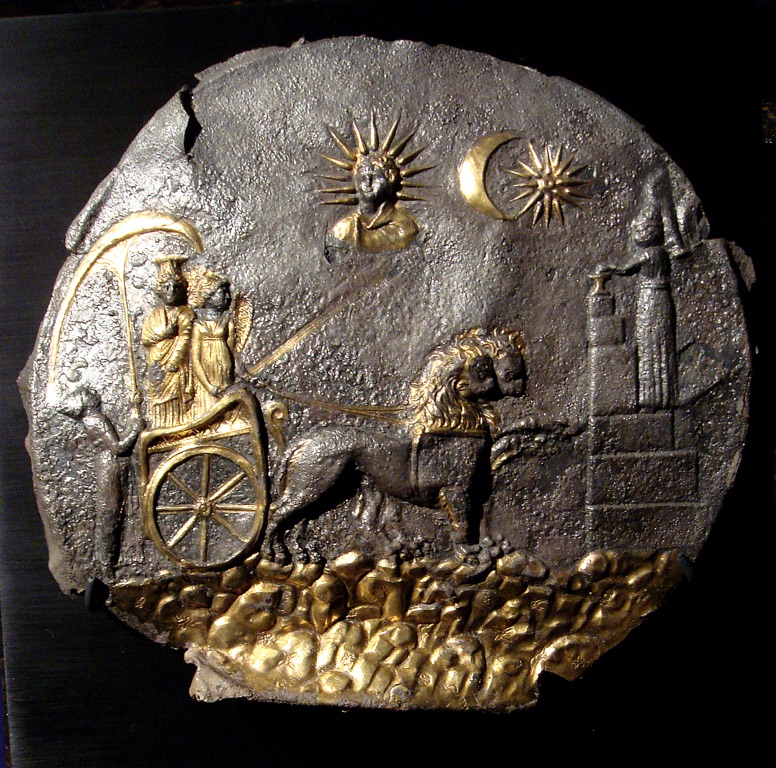
The Ai-Khanoum plaque
The Ai-Khanoum plaque is an intricately designed artifact. The plaque is made of ivory and depicts a variety of figures and scenes. These scenes are believed to represent Greek mythological tales, indicating the strong Hellenistic influence in the region.
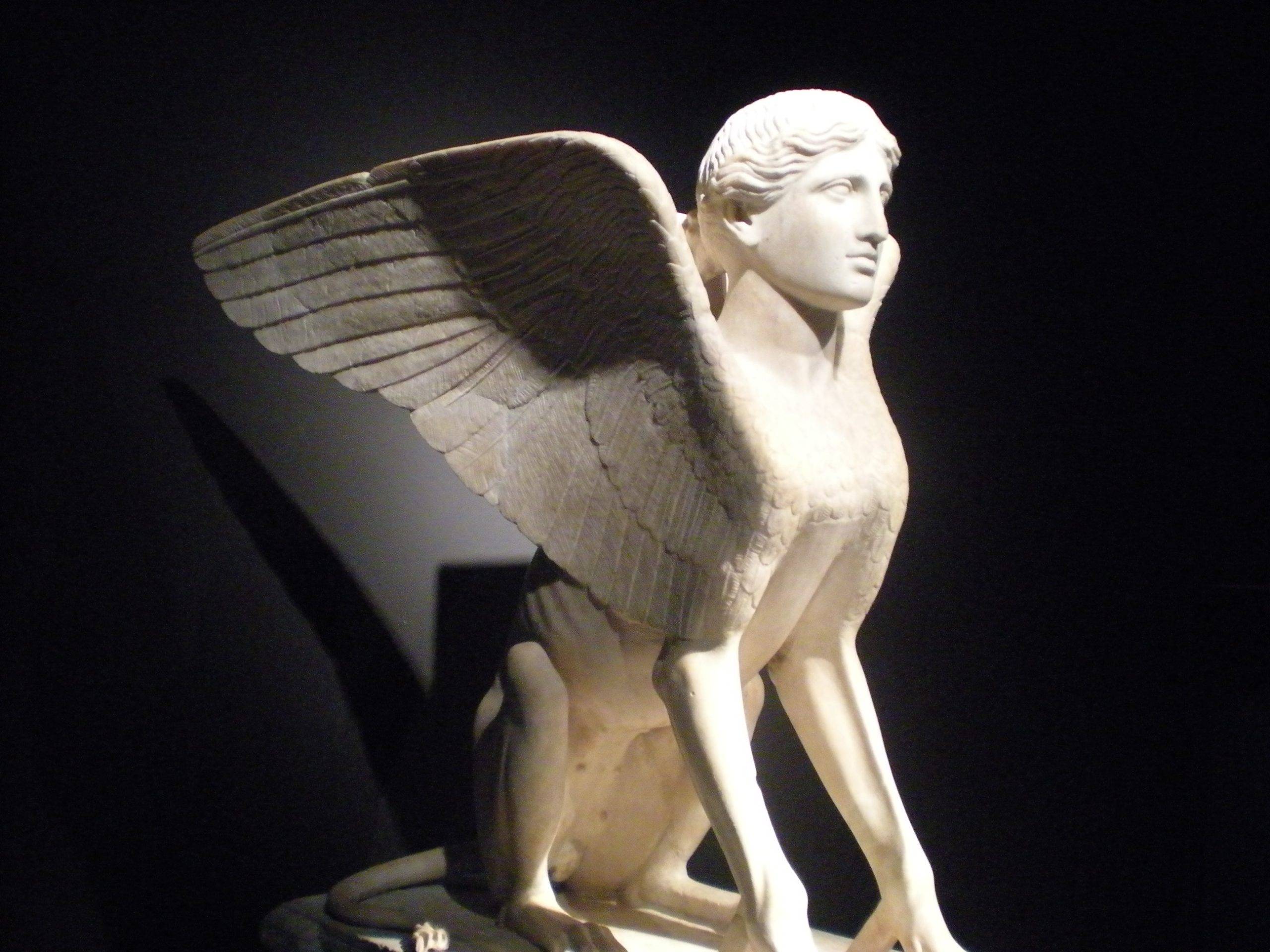
The Sphinx of Lanuvium
Dating back to approximately 120-140 AD, the Sphinx of Lanuvium is a masterpiece of Roman craftsmanship. Sculpted from a single block of white marble, the sculpture exudes an aura of elegance and grandeur. Its dimensions, measuring 840 mm x 800 mm x 550 mm, command attention, while the intricate details of its form reveal the meticulous artistry that went into its creation.

Roman Forum
The Roman Forum, or Forum Romanum in Latin, is a rectangular plaza in the heart of Rome, Italy. It’s surrounded by the ruins of several important ancient government buildings. Once the center of Roman public life, it hosted public speeches, criminal trials, gladiatorial matches, and commercial affairs. Today, it stands as a testament to the grandeur of the Roman Empire, attracting millions of visitors each year.
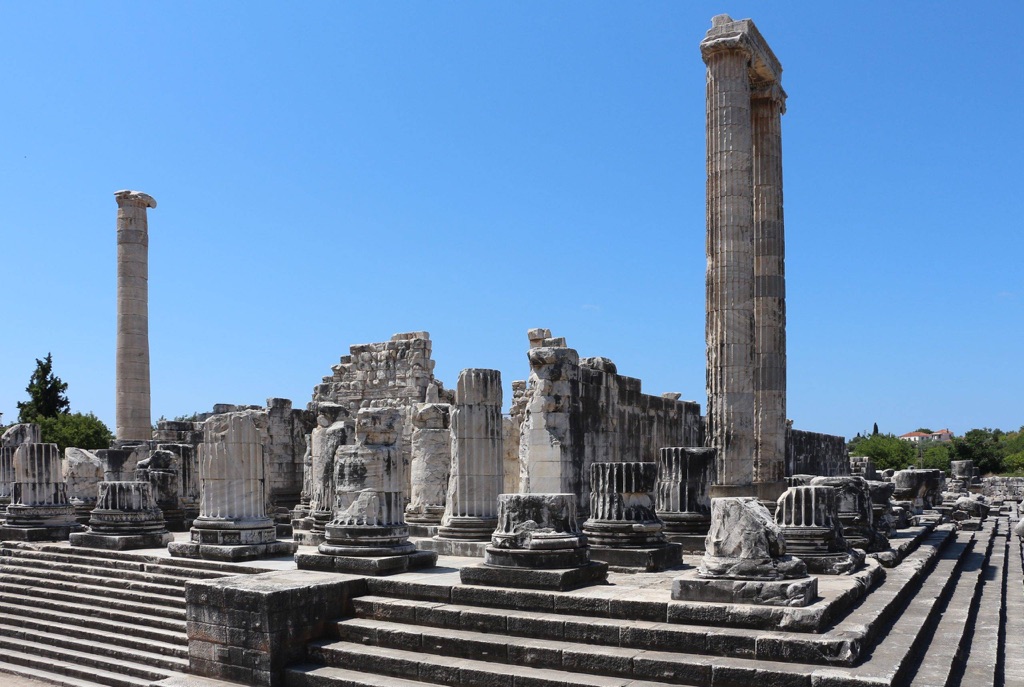
Temple of Apollo at Didyma
The Temple of Apollo at Didyma, an ancient Greek sanctuary, stands as a testament to the architectural prowess of the Hellenistic period. Located in modern-day Turkey, this oracle shrine, second only to Delphi, was a significant religious center. Its grandeur, despite being incomplete, still captivates historians and tourists alike.
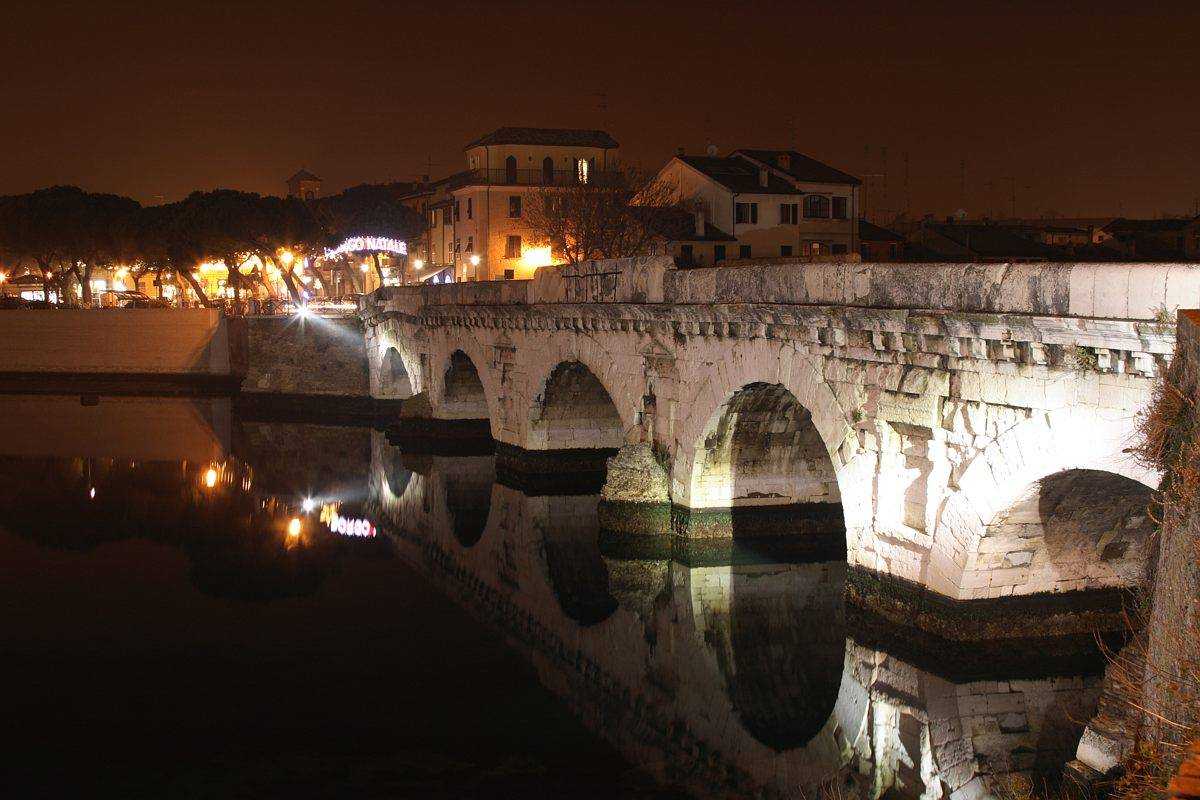
Tiberius Bridge
The Tiberius Bridge, a remarkable architectural feat from ancient Rome, spans the Marecchia River in Rimini, Italy. Commissioned by Emperor Augustus in 14 AD and completed by his successor Tiberius in 21 AD, this five-arched bridge remains a standing testament to Roman engineering prowess. Despite the passage of two millennia, it continues to serve as a functional bridge, bearing witness to the timelessness of Roman architecture.

